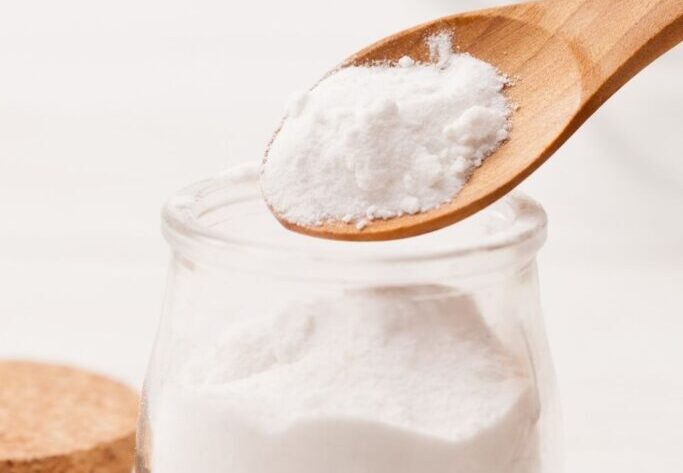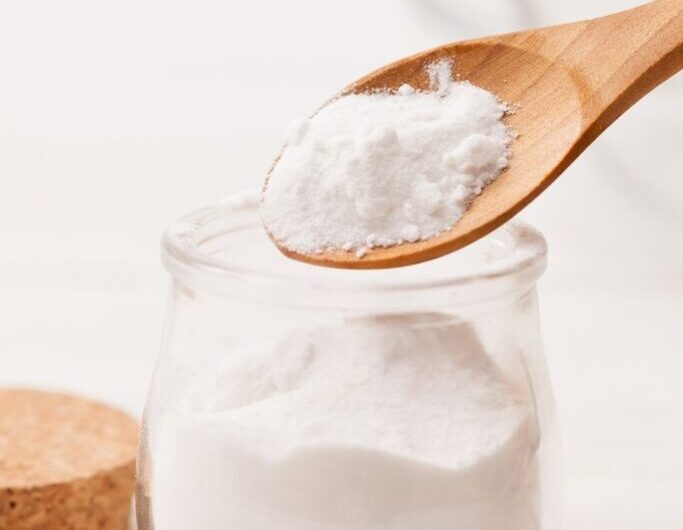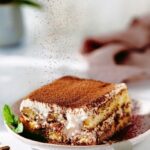Running low on baking soda mid-recipe? No worries, I’ve got you covered! Whether you’re in the middle of mixing or just realized you’re out, I’ve rounded up the best substitutes to save your bake.
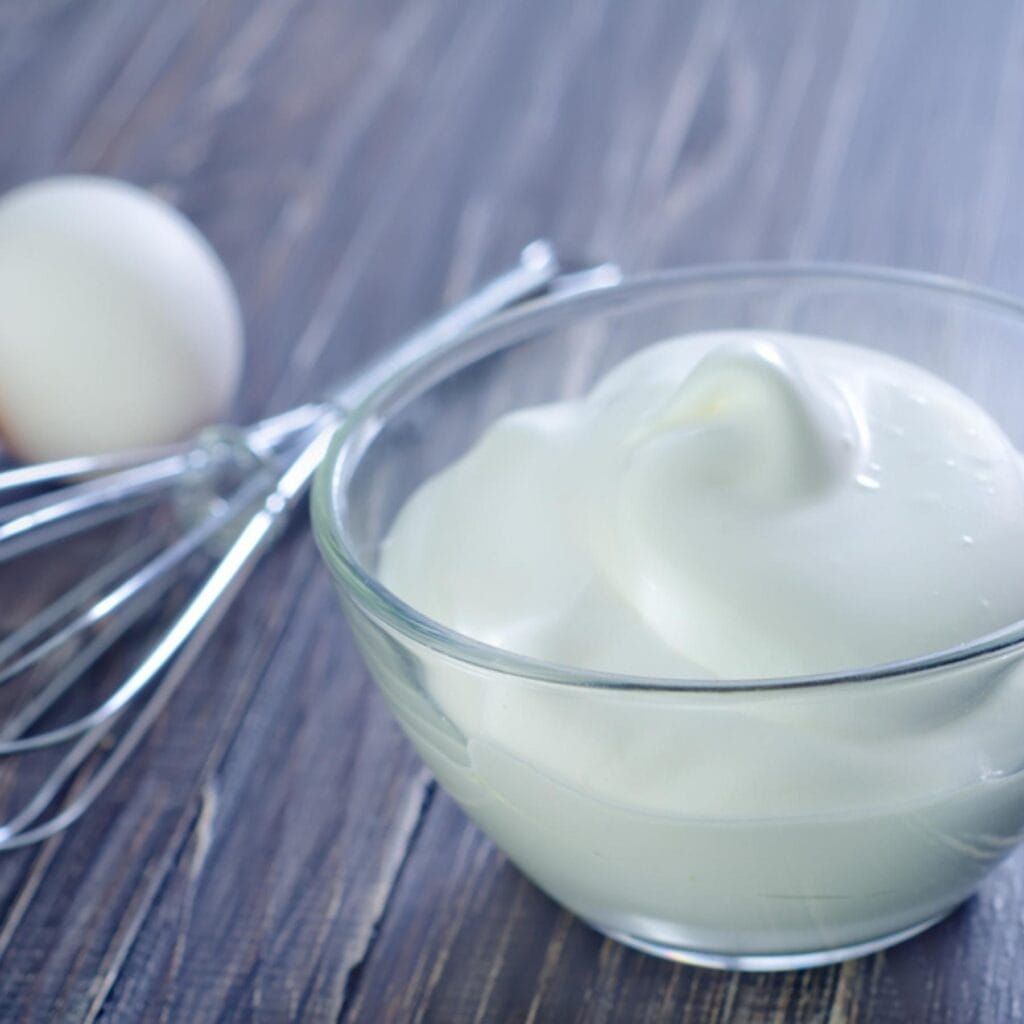
1.Whipped Egg Whites
Whipped egg whites are a game-changer for lighter, fluffier baked goods.
When you whip them, they can double or even triple in size, adding lots of air that makes your cakes and quick breads super airy.
This trick works best in recipes that use baking soda or baking powder, so you don’t need to add extra leavening agents.
It’s especially great for recipes that already call for eggs, like cakes or quick breads.
Here’s how it works: separate your eggs, whip the whites in a separate bowl, add the yolks as usual, and gently fold in the whipped whites at the end.
If your recipe doesn’t call for eggs, you can still use this method–just add 1-2 whipped egg whites and reduce the liquid by the same amount to keep things balanced.
For example, if you add two tablespoons of egg whites, take out two tablespoons of liquid to avoid a too-watery batter.
The key is to swap 1 teaspoon of baking soda with 2 whipped egg whites for a lighter texture. Just a heads-up: this won’t work for firm doughs like cookie dough.
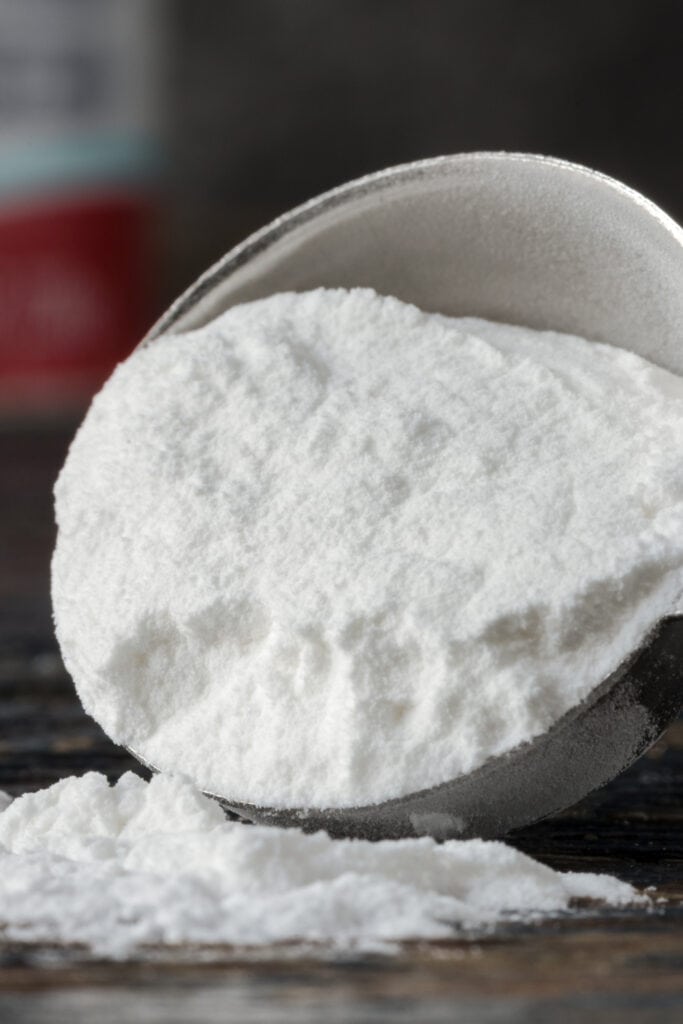
2.Baking Powder
Baking powder is often mistaken for its close relative, baking soda (yes, even experienced bakers mix them up sometimes!). While they’re similar, they’re not the same.
Baking powder is actually a mix of baking soda, acid (like cream of tartar), and a stabilizer (usually cornstarch).
Unlike baking soda, which needs an acid to activate, baking powder already has the acid built-in–all it needs is liquid to kickstart the reaction.
This makes it a go-to for lightening the texture of treats like cornbread, biscuits, and pancakes.
Use it in cookies or brownies, though, and you’ll end up with a cakier texture instead of that chewy goodness. Need a substitution?
Swap 1 teaspoon of baking soda for 3 teaspoons of baking powder, but don’t forget to cut the salt in the recipe by half.
Just a heads-up: this swap works best for recipes that only call for a small amount of baking soda.
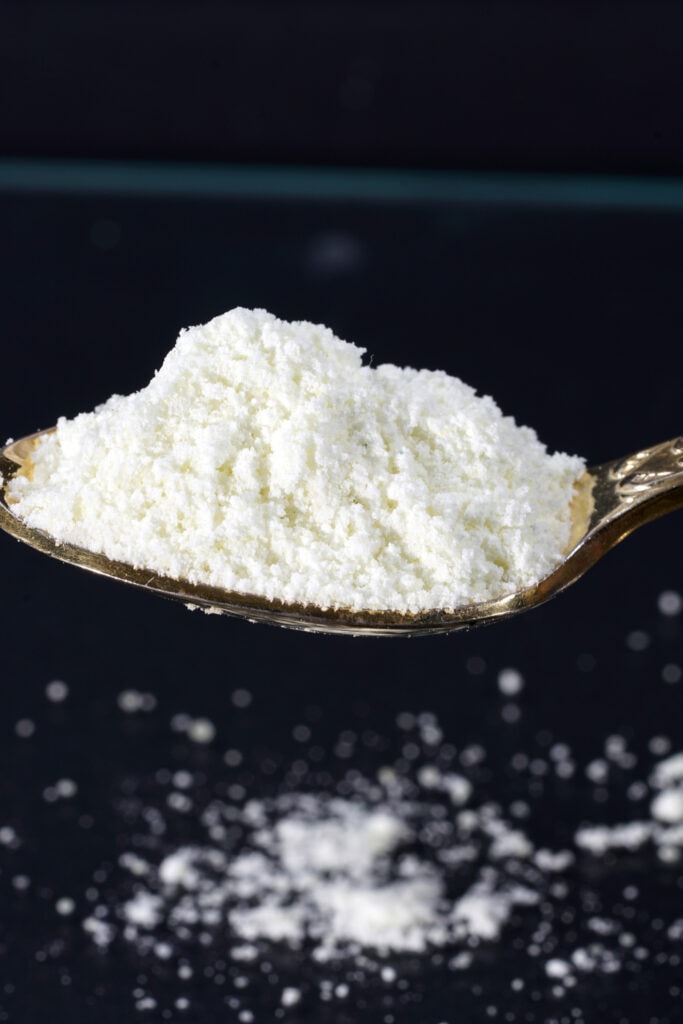
3.Baker’s Ammonia
Step back in time to the early days of baking when baker’s ammonia was the go-to leavening agent, long before baking soda took over.
This old-school ingredient works like baking soda, giving cookies and baked goods a light, airy texture. But here’s the catch: it packs a potent punch in smell.
Don’t worry, though–the strong aroma fades away and won’t linger in your final treats. Ready to give it a try? Here’s a handy tip: swap 1 teaspoon of baking soda for 1 teaspoon of baker’s ammonia.
It’s a blast from the past that still delivers great results!

4.Self-Rising Flour
Self-rising flour is like a baking shortcut in a bag. It’s just regular flour mixed with baking powder and salt, but it makes life easier when you’re in the kitchen.
One thing to remember: this flour already has some acid in it, thanks to the baking powder.
So, if you’re swapping it into a recipe, you’ll want to skip adding anything too acidic, like buttermilk, to keep things balanced.
Here’s how to make the switch: Just replace the all-purpose flour in your recipe with self-rising flour, and don’t add any salt.
A heads-up: One cup of self-rising flour has about 1 1/2 teaspoons of baking powder, so the results might be a little different than expected.
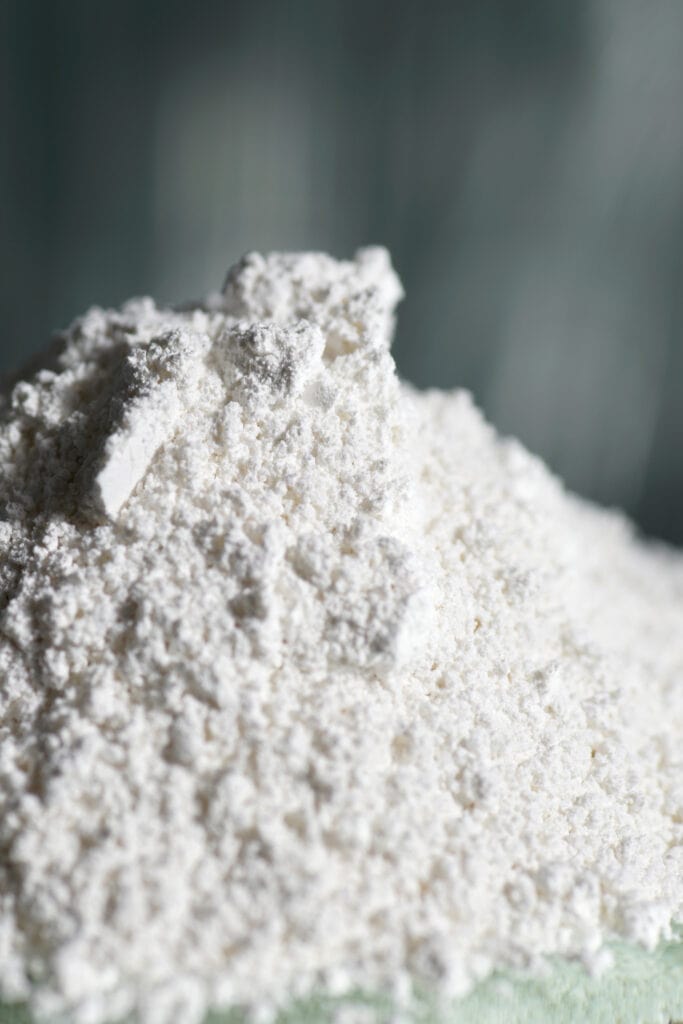
5.Potassium Bicarbonate and Salt
Looking for a baking soda substitute? Potassium bicarbonate is here to save the day! While it’s commonly found in antacids and heartburn remedies, it also works wonders in the kitchen. The catch?
It doesn’t contain salt, which is a plus if you’re cutting back on sodium but a bit of a downside if you’re hoping for that salty flavor baking soda brings.
On the bright side, it still delivers the same leavening power as baking soda. To make up for the missing salt, try adding an extra 1/4 teaspoon to your recipe.
Taste the batter, and if it needs a bit more, go ahead and add another 1/4 teaspoon. The substitution is simple: swap 1 teaspoon of baking soda for 1 teaspoon of potassium bicarbonate.
Give it a try and see how it works for you!
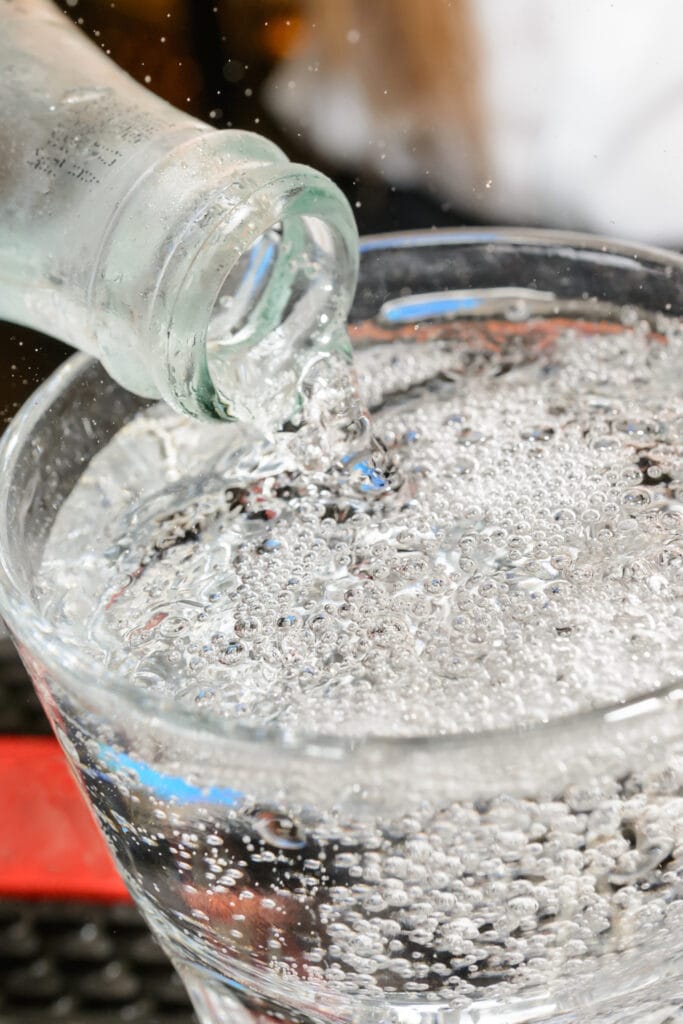
6.Club Soda
Club soda and baking soda may share a similar name, but can they deliver the same results?
While club soda can’t quite match the fluffiness of baking soda, it still brings its own unique benefits to the table. Essentially, club soda is liquid baking soda, with sodium bicarbonate as its star ingredient.
The catch? Since it adds liquid to your recipe, it only works in mixes that already include at least 1/2 cup of milk or water.
Like egg whites, it’s not ideal for firmer doughs, such as cookie dough. How to use it? Swap out 1/4 cup of milk or water for 1/4 cup of club soda.
Pro tip: Club soda loses its fizz fast, so get that bake in the oven pronto!
6 Baking Soda Substitutes (+ Best Alternatives to Use)
Course: DessertsCuisine: AmericanDifficulty: Easy4
servings30
minutes40
minutes300
kcalRunning low on baking soda mid-recipe? No worries, I’ve got you covered! Whether you’re in the middle of mixing or just realized you’re out, I’ve rounded up the best substitutes to save your bake.
Ingredients
Whipped Egg Whites
Baking Powder
Baker’s Ammonia
Self-Rising Flour
Potassium Bicarbonate and Salt
Club Soda
Directions
- Select your favorite recipe.
- Organize all the required ingredients.
- Prep a delicious recipe in 30 minutes or less!
